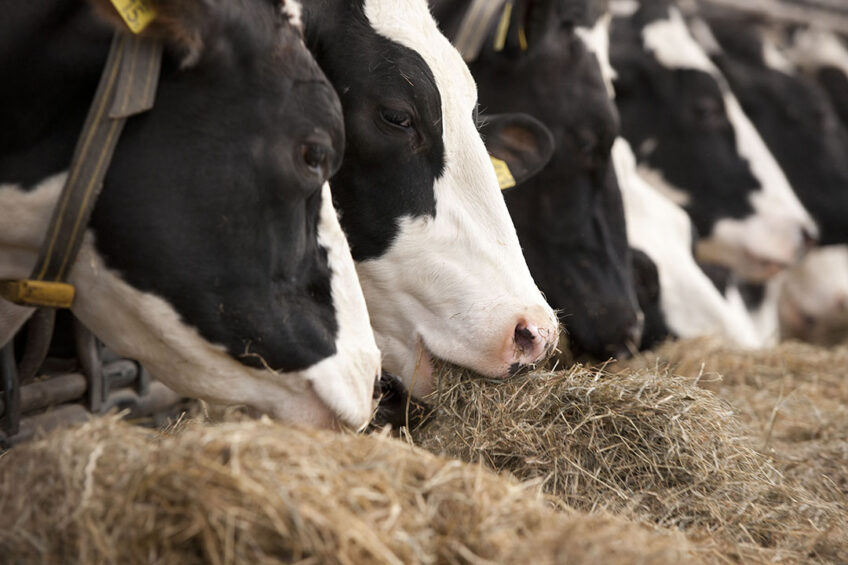Advancing frontiers of nutrition and immunology in dairy cows

‘I have no energy’. Flu is exhausting. Millions of immunological cells are rushing to your lungs like a biological defence platoon. That immunological response requires energy – leaving you out of action. The Holstein cow feels the same when dealing with an infection of mastitis, lameness or gut inflammation. But what is the nutritional cost of her immune response?
Ruminant nutritionists are well versed in understanding nutritional requirements for maintenance, production, growth and even pregnancy. However, precision nutrition of the future will require a greater understanding of how biological systems, such as the immune system, overlap with nutrition.

When making a change in a dairy ration, one of the big challenges is to measure a response. How can we demonstrate that we made an improvement on efficiency of production? Agri technology has progressed us from solely focusing on bulk tank measurements, to individual cow measurements of yield, milk components, changes in body condition and time spent ruminating amongst other measurements. However, we are most definitely not measuring everything.
There is a piece of physics that is very useful for the dairy nutritionist. The first law of thermodynamics states that ‘energy can neither be created nor destroyed, rather it can only be transformed or transferred from one form to another’. If we make a diet modification that gives the cow more energy and we don’t see a response it is because we were not looking in the right place.
Work carried out by Iowa State University demonstrated that the lactating Holstein cow required an additional 1 kg (2.2 lbs) of glucose for a 12 hour immune response1. That is a figure that has real measurable consequences. Is it a surprise that we see a loss of production when an animal is suffering from a disease?
If the dairy cow is partitioning energy into an immune response against an infection, she is going to lose somewhere else. Where that may be, would be dependent on the stage of lactation.
Fresh dairy cows will produce milk even at the expense of mobilising body tissue to meet energy requirements. This biological sacrifice is known to nutritionists as a negative energy balance and must be carefully managed. If the fresh cow has an infection, there will be an increased requirement for the immune system leading to possible increased losses in body condition and subsequent fertility difficulties.
Thinking beyond the milking herd, consider a batch of calves all of which start at a similar weight. If in the first few weeks 15% of the calves have scour they will partition energy to their immunological defence, recovery and survival. As such, that 15% of calves will lose out on growth and the result is a variable batch of animals. In practice, we feed animals in groups and individual variability is not catered for.
In the meantime, we need to consider nutrition in a wider management context.
Advancements in the body of animal science are uncovering the links between nutrition, immunology and even genetics. These frontiers need to continue to find common ground to allow the emergence of agri technologies that give the nutritionist tools to better measure and influence the impact of nutrition in the broader system.
In the meantime, we need to consider nutrition in a wider management context. Beyond aiming for performance, how can nutrition support animal health? How do the requirements of an animal change if it is under immunological stress or even environmental stress such as temperature extremities?
Small steps we take today will lead us along the path towards precision nutrition of the future, where we will see improvements in efficiency of production and hold the key to sustainable agriculture.
1Kvidera et al. (2017). ‘Glucose requirements of an activated immune system in lactating Holstein cows’. Journal of Dairy Science. 100:2360-2374
Join 13,000+ subscribers
Subscribe to our newsletter to stay updated about all the need-to-know content in the dairy sector, two times a week.










